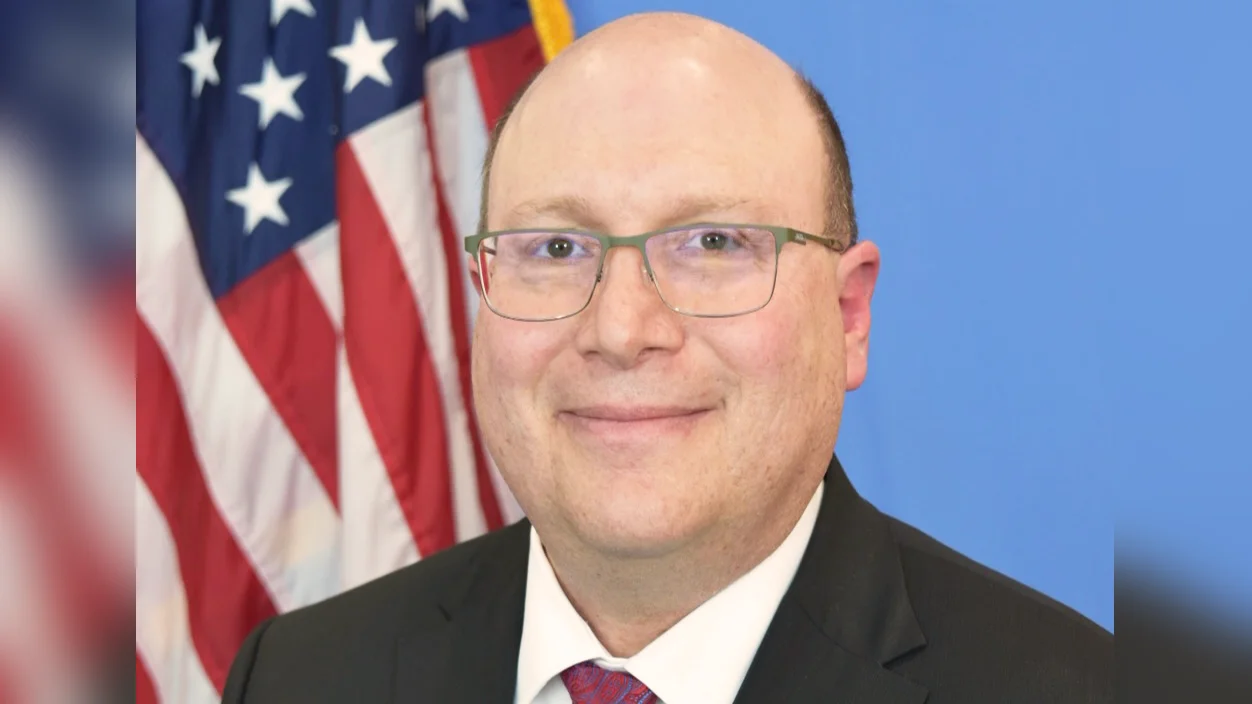The United States has highlighted the ongoing impact of space technology on everyday life at the 68th session of the Committee on the Peaceful Uses of Outer Space (COPUOS) in Vienna, Austria. U.S. Representative Kevin Conole presented examples of how NASA's innovations are being repurposed for practical applications on Earth.
NASA's annual Spinoff publication has documented over two thousand technologies that have been commercialized to improve life globally. Among recent developments is an antigravity treadmill designed for individuals with mobility issues and a commercial science platform aboard the International Space Station (ISS) that has successfully bioprinted knee cartilage and heart tissue.
NASA's efforts extend to using fungus as a building material for potential lunar or Martian habitats, which could lead to low-cost, sustainable construction solutions on Earth. This approach utilizes fungal mycelia to bind lunar dust and rocks into bricks, offering thermal insulation and fire resistance while also providing similar benefits when applied to biowaste-based construction materials on Earth.
In previous decades, NASA developed technology that uses air pressure to simulate gravity for astronauts exercising in space. This concept was later adapted by a company co-founded by the technologist's son, resulting in antigravity treadmills now used in rehabilitation clinics and by professional sports teams.
The U.S. National Laboratory on the ISS hosts several platforms available for commercial scientific experiments. One such platform recently achieved bioprinting of human meniscus tissue, potentially improving treatment options for common knee injuries. The same technology was used earlier in 2024 to print live human heart tissue in space, taking advantage of microgravity conditions for more uniform growth than possible on Earth.
These examples underscore NASA's commitment to ensuring space exploration technologies benefit global communities by creating jobs, conserving resources, and enhancing quality of life. More information about these spinoffs can be found in NASA's Spinoff 2025 publication online.

